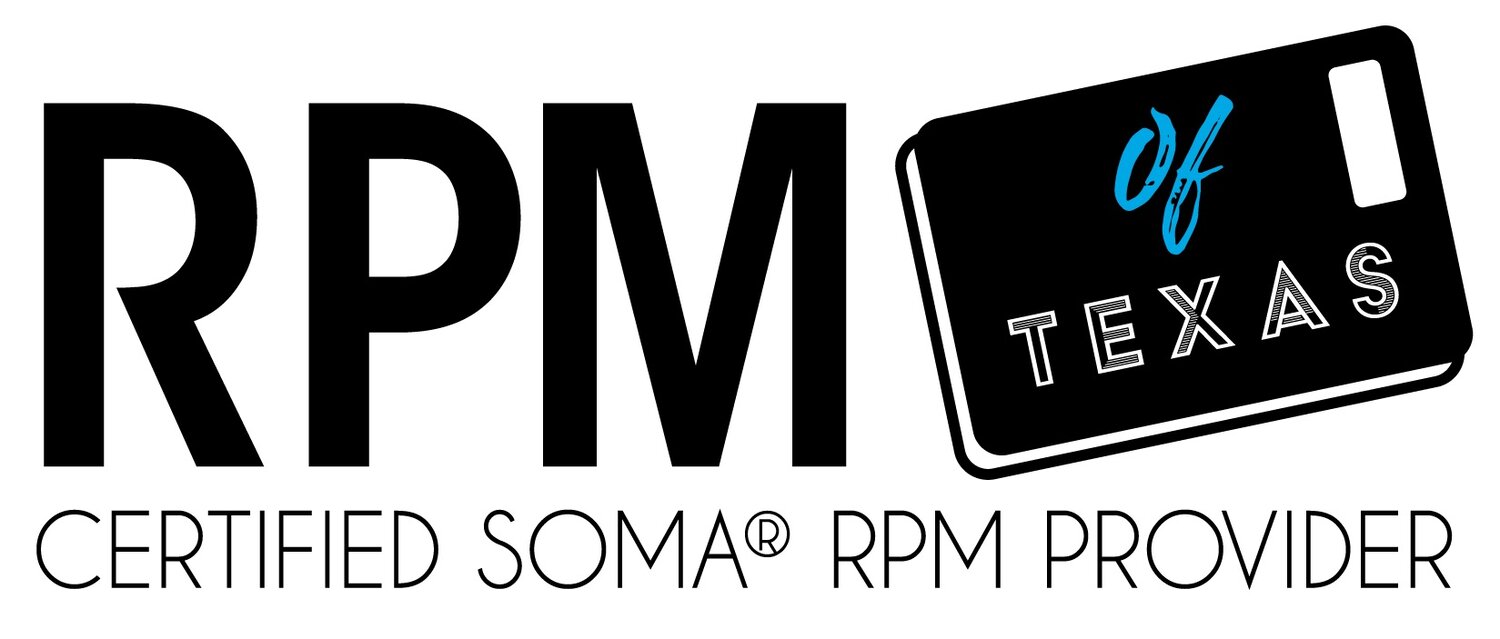Starting RPM (part 2)
In order to begin RPM you’ll need some basic supplies: pencil, paper, tape, most likely some alphabet stencils, and a lesson. A lesson can take place anywhere, so make yourself comfortable. You can sit at a table, on the couch, or on the floor. In the beginning, a kinesthetic learner may need to roam around a little bit, so a smaller room with a door would be best.
How do you write a lesson?
Choose (near) age appropriate content. Write 5 things you want your student to know. Whether it’s history, science, or math, you can make a lesson on literally anything. Want to do a lesson on plants?
“PLANTS” [younger student]
1. Plants have ROOTS that anchor them to the ground
2. Plants need water to GROW
3. Water travels through the roots to the STEM
4. Plants make their own food in the LEAVES
5. SUNLIGHT shines on the leaves to help make FOOD for the plant
SENTENCE 1
TEACHER: Today we’ll talk about P-L-A-N-T-S. Let’s check out how your hands are working today… did I say we’re talking about PLANTS or HOUSES?
Teacher jots down the keyword PLANTS as they introduce it, continues writing down keywords throughout the lesson
TEACHER: (draws a sketch of a plant) Plants have R-O-O-T-S that keep them in the ground. Without roots, plants would blow away...Let’s spell ROOTS
Teacher shows the student the roots on their picture
SENTENCE 2
TEACHER: ROOTS act like a S-T-R-A-W. They suck up the WATER from the ground...Did I say the roots are like a HAMMER or a STRAW?
Teacher may ask student to spell straw
TEACHER: Plants need W-A-T-E-R to grow...Do plants need WATER to grow or SODA?
SENTENCE 3
TEACHER: Once the water travels through the roots, it moves up through the S-T-E-M … Let’s spell STEM
Teacher labels the stem and shows the student the pathway of the water
TEACHER: The stem holds the plant and its leaves UPRIGHT...What does the stem do? Hold the plant UPRIGHT/makes it HEAVY?
TEACHER: What keeps people upright? ARMS/LEGS
TEACHER: The stem also holds the L-E-A-V-E-S (teacher draws leaves on picture, shows student)...Now you try to spell LEAVES
Let’s practice touching the leaves on this picture (hand over hand or independent pointing)
SENTENCE 4
TEACHER: Plants make their own FOOD in the LEAVES...Where do plants get food? They BUY it or MAKE it?
Let’s spell FOOD
TEACHER: What is a good word to go with FOOD? HUNGRY goes with FOOD or BORED goes with food? ...Yes, you’re right, let’s practice the word HUNGRY
SENTENCE 5
TEACHER: The leaves collect L-I-G-H-T from the SUN to help them make food… What is something else plants need to make food? They need an OVEN to make food or LIGHT to make food?
TEACHER: Yes, the light comes from the S-U-N… can you think of a good word to go with SUN? WARM goes with sun or WET goes with sun?
TEACHER: Yes, the sun keeps us nice and warm. Now that we spelled all these words, you might go enjoy the warm sun outside.
END
In the beginning a teacher will be assessing a student’s open learning channels, their motor skills, sensory tolerance, and their prior knowledge coming into the session. This example lesson isn’t going to look the same for every student. Some students may use only paper choices in their first session, some may bypass paper choices and go straight to spelling on stencils. It all depends on the student’s performance in that specific moment.
Remember that in the first session, the student will be learning how to respond, but the teacher will also be learning about the student as well. New teachers may need some time to learn and practice how to hold choices, present the stencils, and even present the lesson itself.
Also don’t forget to add in your own commentary to make it more fluid. A lesson is supposed to sound like a conversation, so you may want to practice your delivery out loud so it doesn’t come across as robotic, or like you’re reading word for word off a sheet of paper.
Everyone is learning in the beginning, so give yourself some grace and don’t put too much pressure on yourself or the student. Have fun and keep it casual!
If you still find yourself lost after your first session or after reading this post, contact a Certified RPM Provider for guidance. Consultations are great ways to learn how to start with your specific child and troubleshoot any challenges you may run into along the way.
